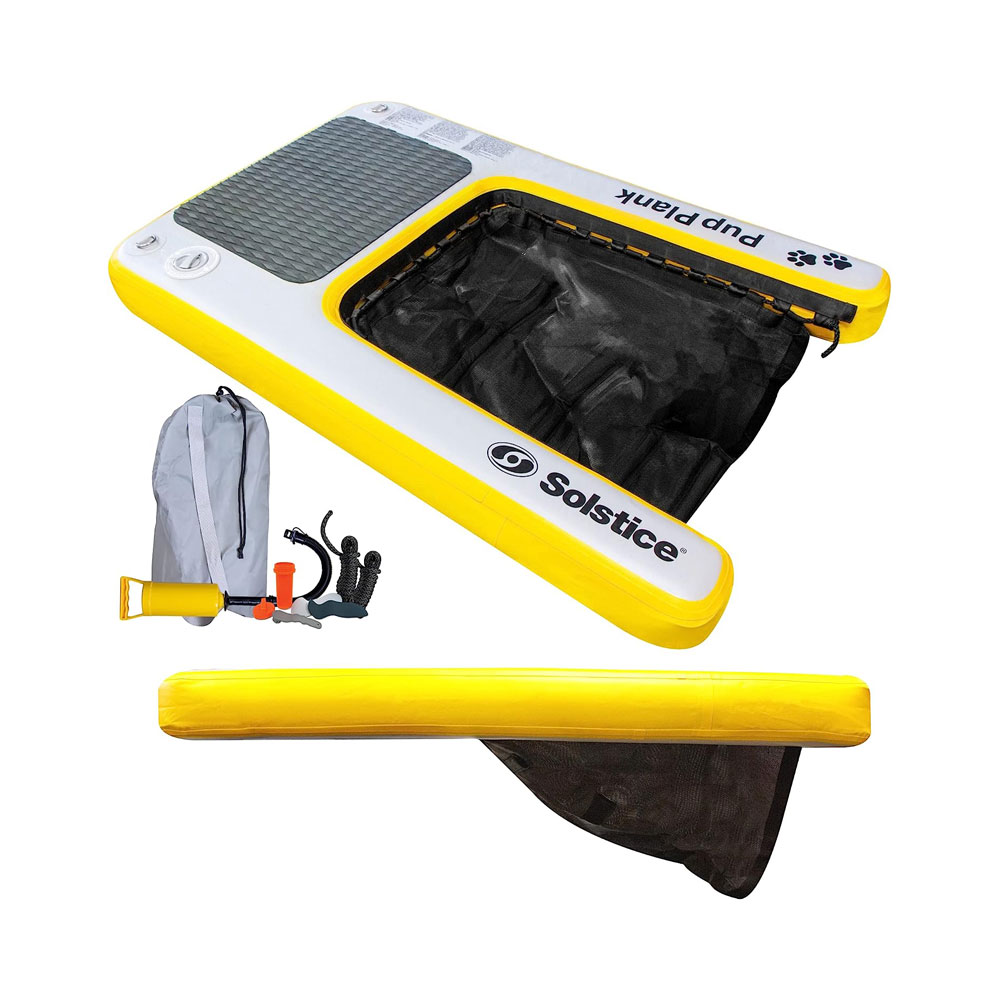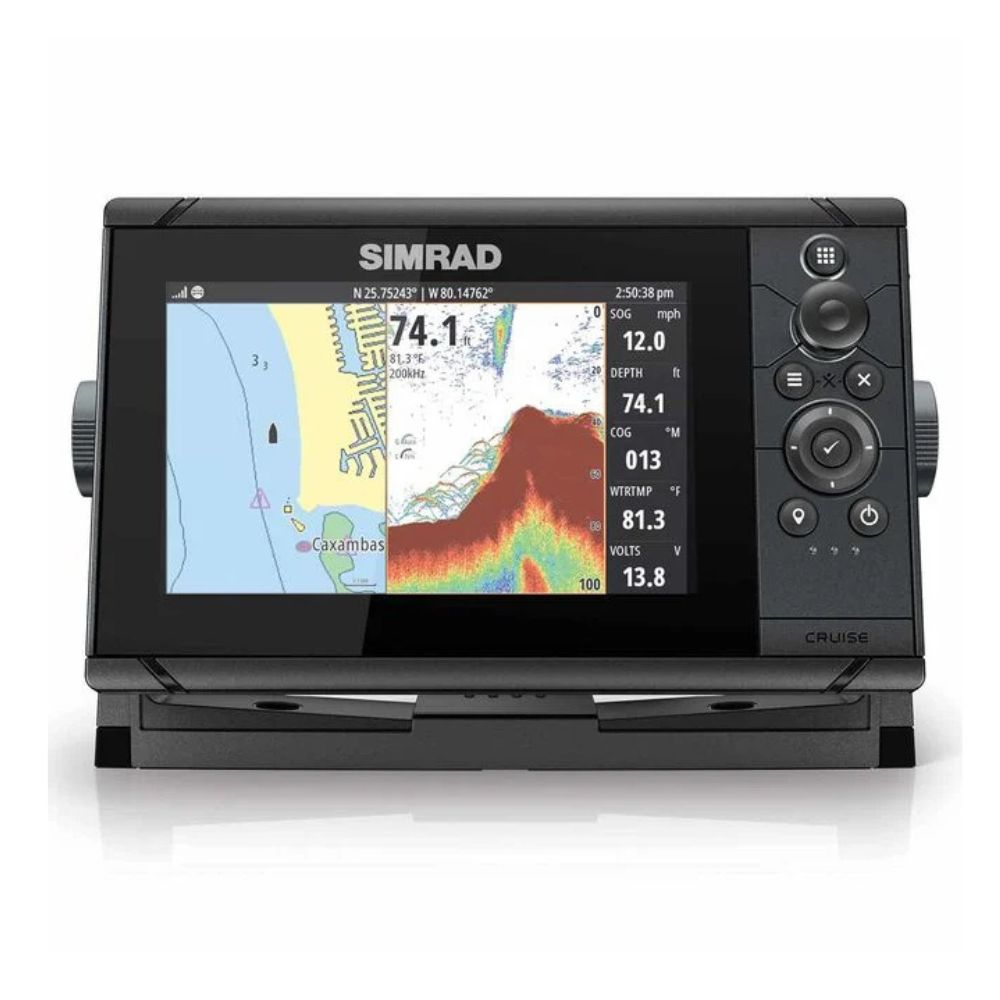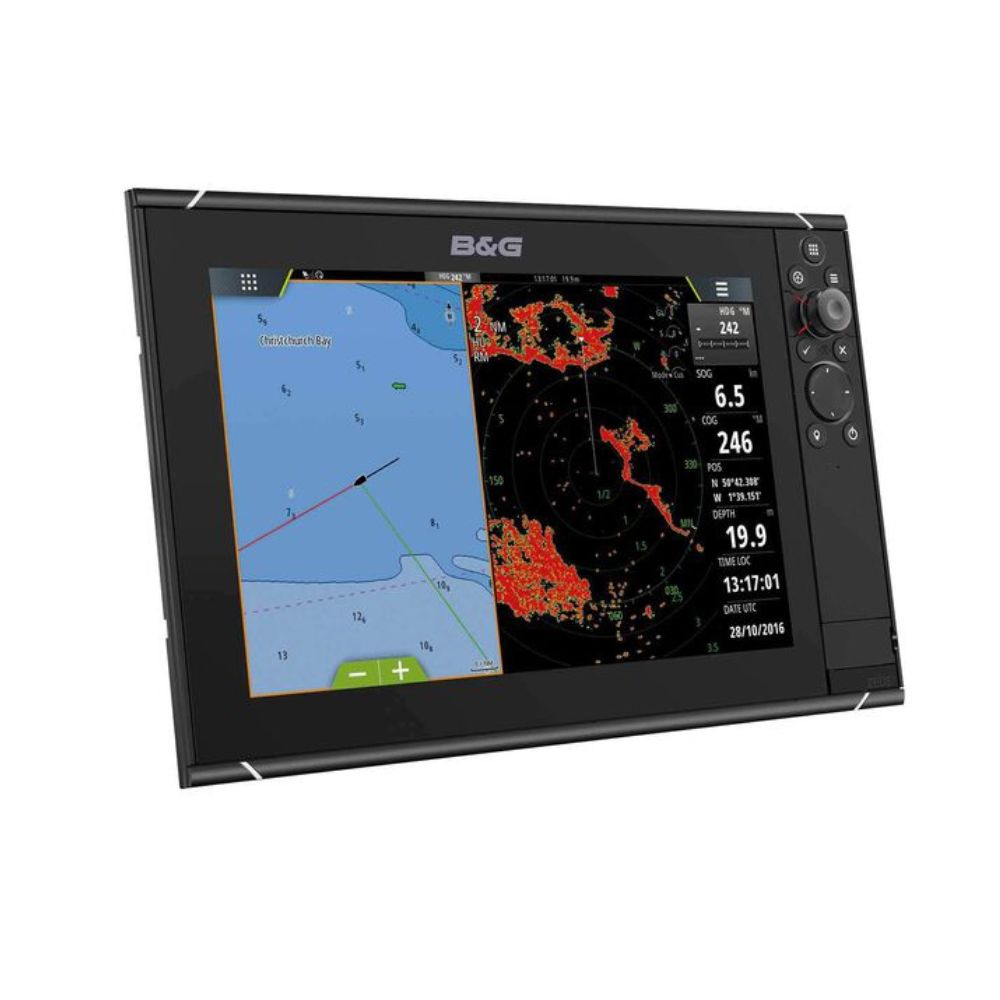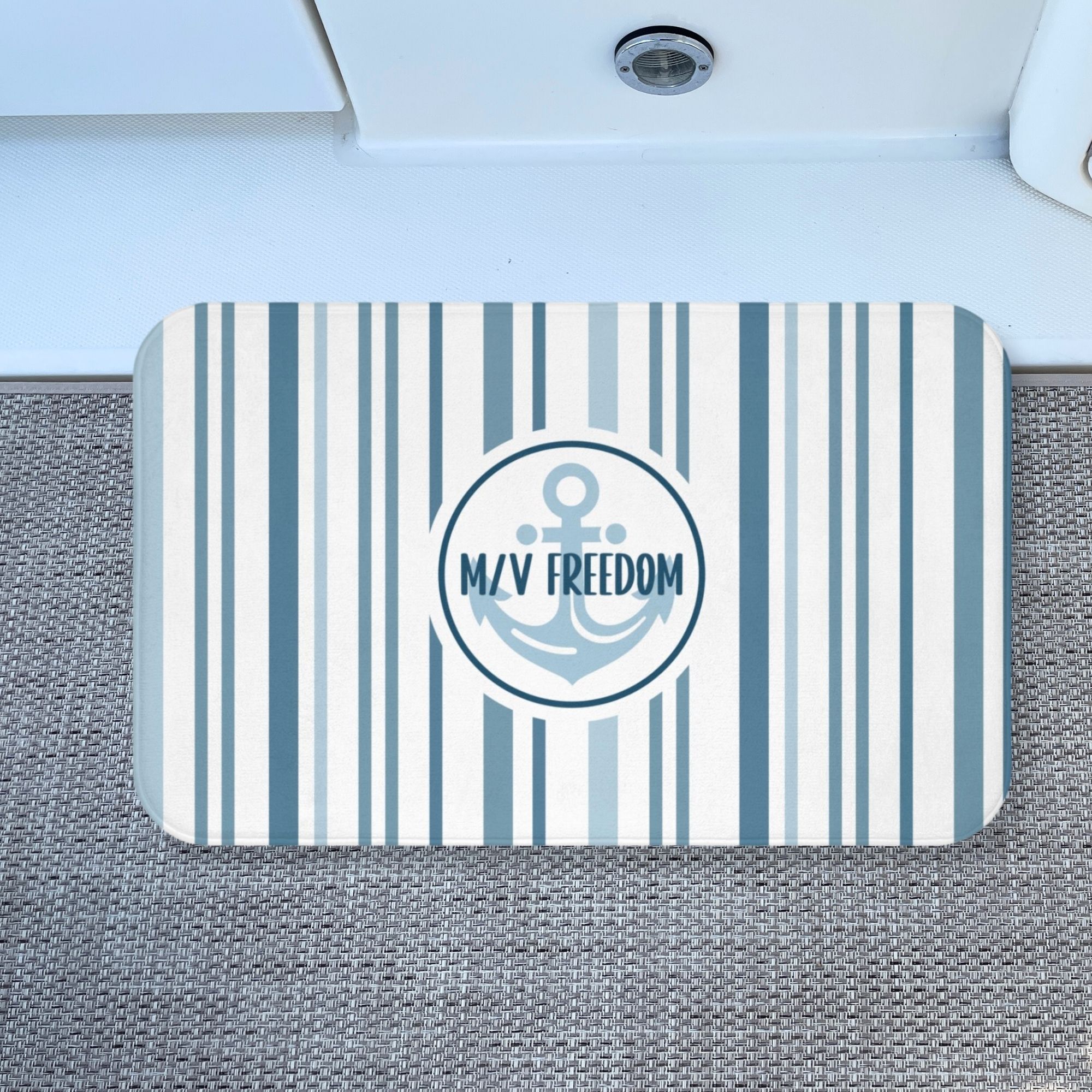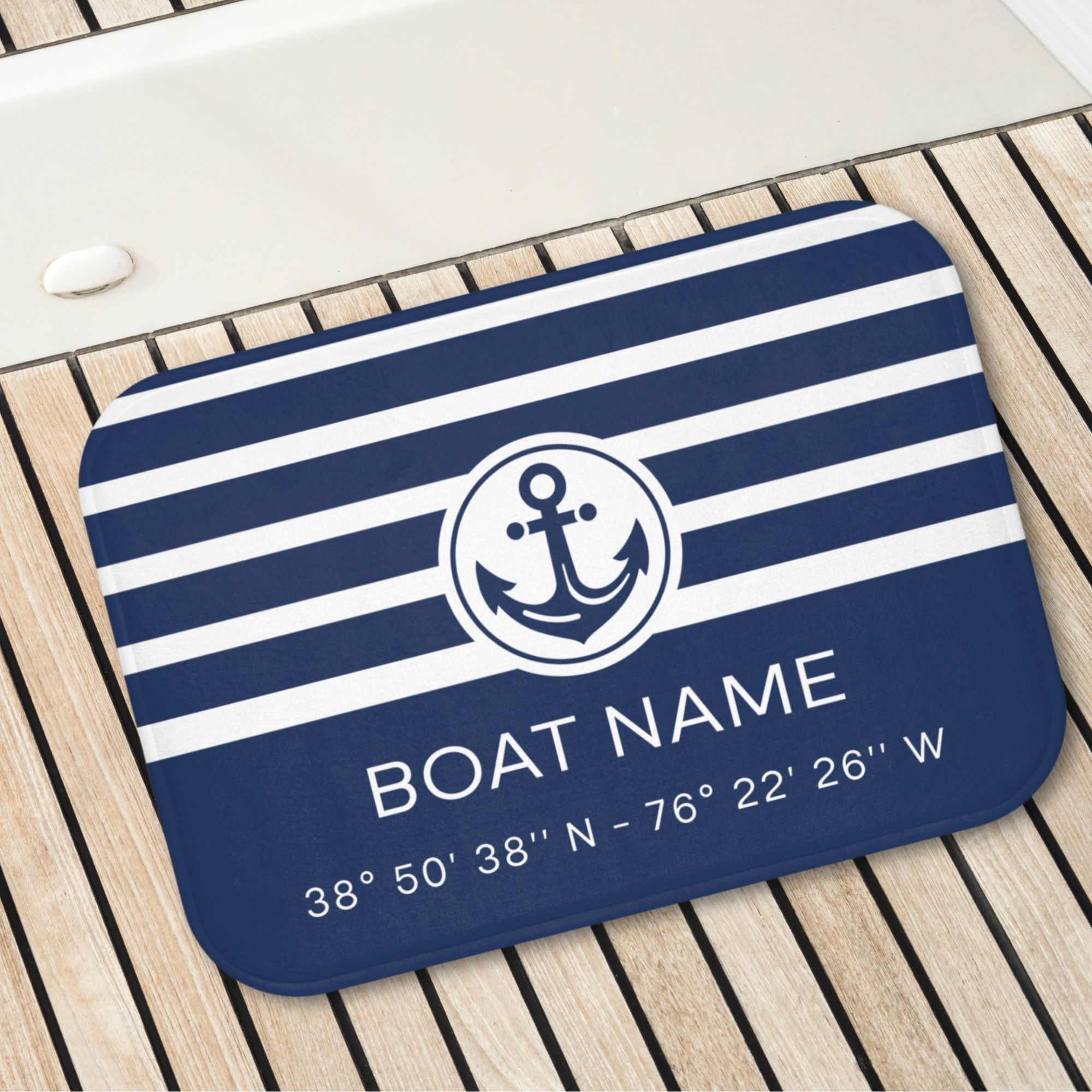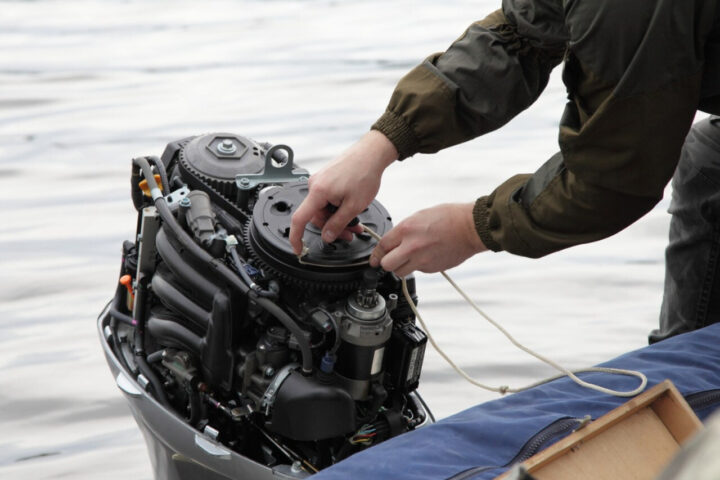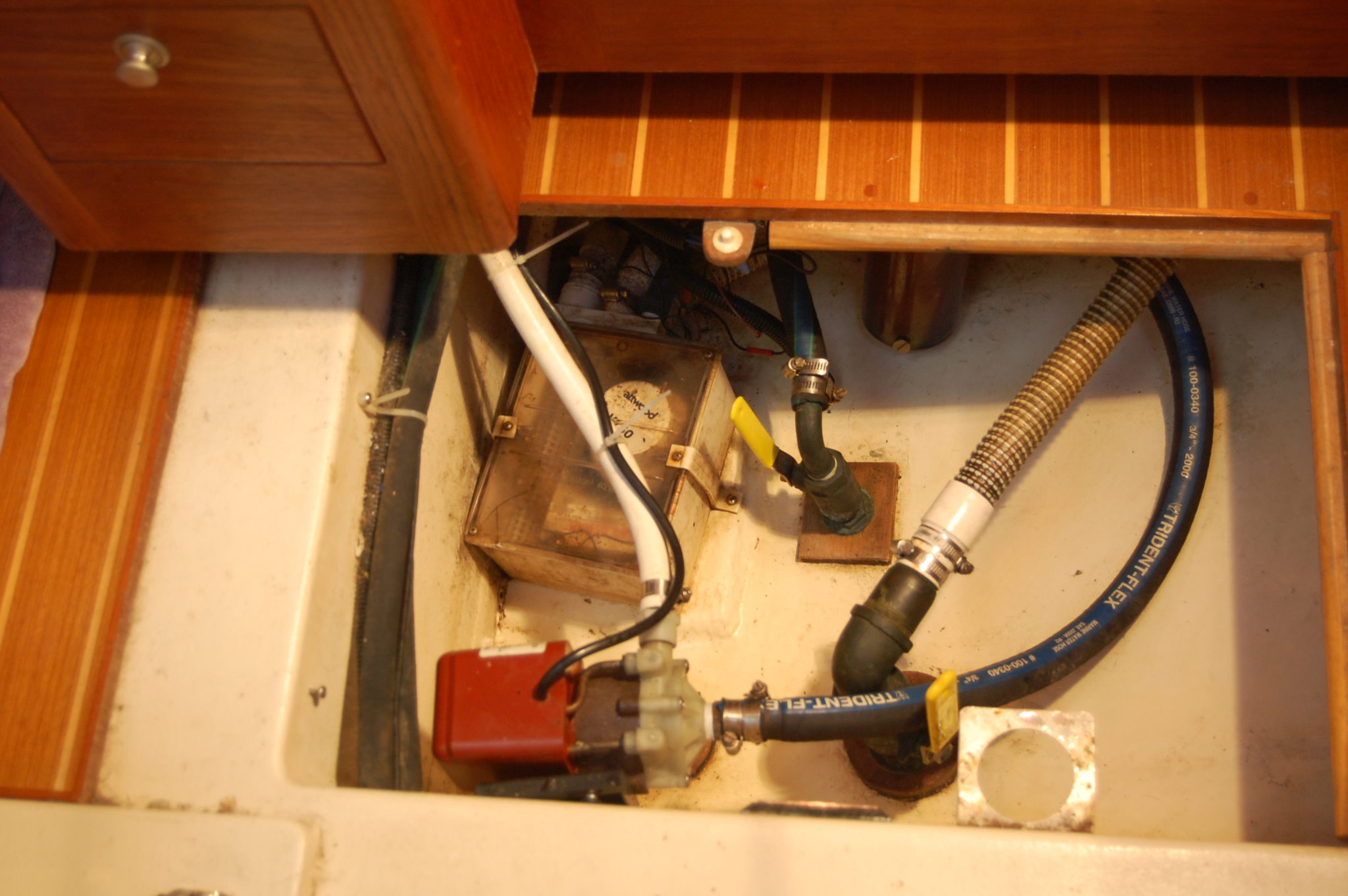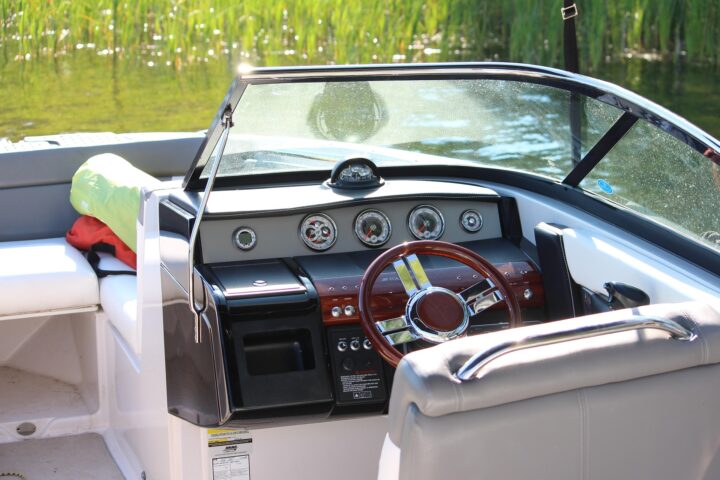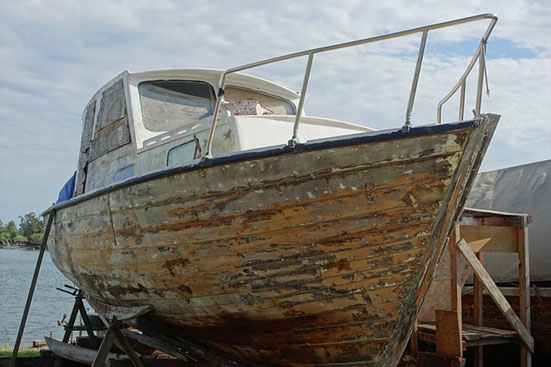
How to troubleshoot what is wrong with your boat and determine the proper boat repair or fix
As a boat owner you understand your boat maintenance is a continuous work in progress. With regular boat repairs and occasional upgrades it can really become a timely process. The total work time you should spend on your boat this season is determined by figuring out the amount of time you’ll be spending on your boat.
Before you can fix a problem, you must first recognize that you have one. It may sound simple but knowing something and doing something are two very different matters. There comes a time when your boat has just lost it’s usefulness and really needs some serious love and affection.
Here are 5 signs (or problems) to look for and how to address them.
Your Boat Won’t Start
The most irritating noise when you turn the ignition key is to hear nothing. Why won’t my boat start? More often than not it is most likely an electrical issue, a low or dead battery, or perhaps a break somewhere in the ignition circuit. Firstly, disable the kill switch and make sure the shifter is in neutral. Next, pay close attention to the starter switch as sometimes it can become loose in its fitting. This can be a simple fix such as tightening up a screw behind the dashboard.
Another issue could be a low battery but it could also be a loose or poor connection. This fix could be as easy as inspecting, cleaning and replacing your wiring. However, if it is a case that you continue to drain your battery maybe you should consider installing a secondary battery to ensure a definite restart.
Spluttering and Losing Power
If you feel like your boat is running out of strength and you’ve checked you have a full tank of fuel, it is most likely that you have a filter problem. It is always good to carry a spare filter onboard, however if you do not access to one you can at least remove and clear the filter elements of any debris and also drain any water that may have accumulated. Once you have done this you must then remember to vent the engine box thoroughly before restarting the engine.
The Engine is Overheating
If the pin on the temperature gauge is increasing this usually means you have a lack of water flow in the cooling loop. Most boating engines use the water they are floating on to cool the engine, if that water stops flowing the engine will heat up and ultimately fail. In most scenarios there is an obstruction in the raw water intake such as weeds or plastic bags, a simple fix is to clean it out. A loose, split or burst hose can also affect the water flow, by regularly servicing and replacing the impeller.
It is important for you to check for corrosion or blockage in the exhaust system. Apart from checking your engine coolant reservoir is full, periodic maintenance is vital.
Your Boat Can’t Steer
You try to turn the wheel and you cannot turn, or it’s simply just frozen in place. It is most likely the steering system is too low on hydraulic fuel or perhaps it has a leak. Refill the fluid as needed to get the system working. If the fluid begins to seep out of the console or a fitting close to the motor, first try to tighten the fitting.
On the other hand, if the drive is frozen in place, this could be a mechanical failure which could be due to a loose connection to the steering arm. In this case tracing the line is the best way to find the problem. It is important to check the steering fluid level often and to lubricate and service mechanical systems.
PSS Shaft Seal is Leaking
Like many parts of your boat, PSS Shaft Seals must be inspected regularly to ensure they are in good working order and are not suffering from age, wear or chemical deterioration. If there is leaking between the faces it can either mean damaged faces, debris between the two faces or incorrect pressure from the bellows.
Preventative maintenance is recommended to ensure the product’s quality remains intact. You should replace the PSS every six years, along with this you should also consider replacing o-rings and set screws in the stainless steel rotor to be on the safe side. Maintenance kits are available if you would like to try this yourself. They include all the items that will assist you in maintaining your PSS until it has to be fully replaced.
Trending Now: Must-Have Boat Gear for Your Boat Life
Trending Now: Custom Boat Decor
-
Boat Pillow with Boat Name & LAT LONG Coordinates
Quick ViewBuy on Etsy -
Boat Pillow with Boat Name & LAT LONG Coordinates- Black
Quick ViewBuy on Etsy -
Coastal Blue Stripes Bathmat with Anchor & Boat Name
Quick ViewBuy on Etsy -
Custom Boat Mat with Boat Name & LAT LONG Coordinates
Quick ViewBuy on Etsy
Disclosure: This site may contain links affiliated with companies where we receive compensation. Also, as an Amazon Associate we may earn from qualifying purchases we refer but it does not impact the price you pay. Full disclosure policy.

